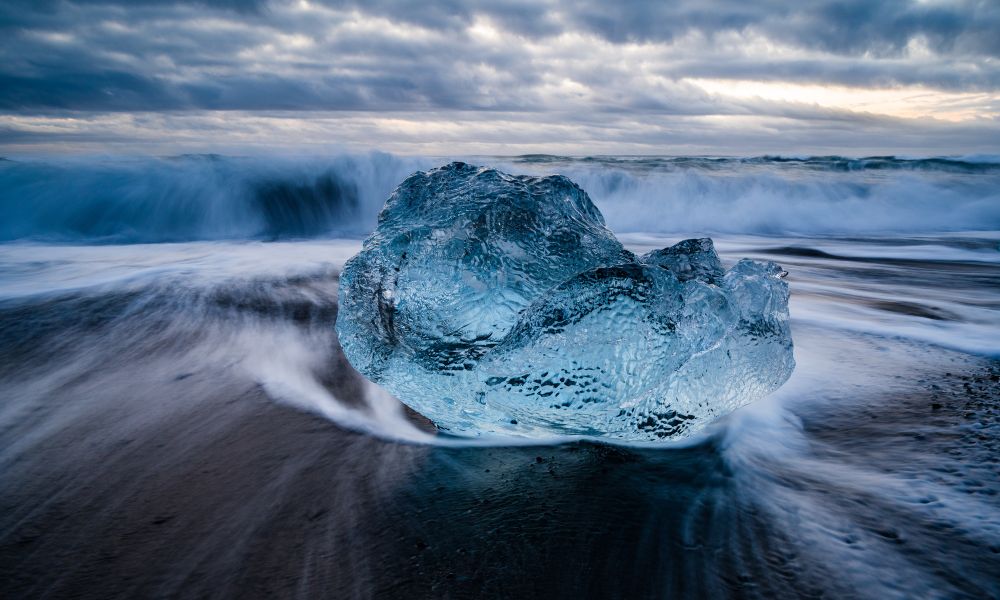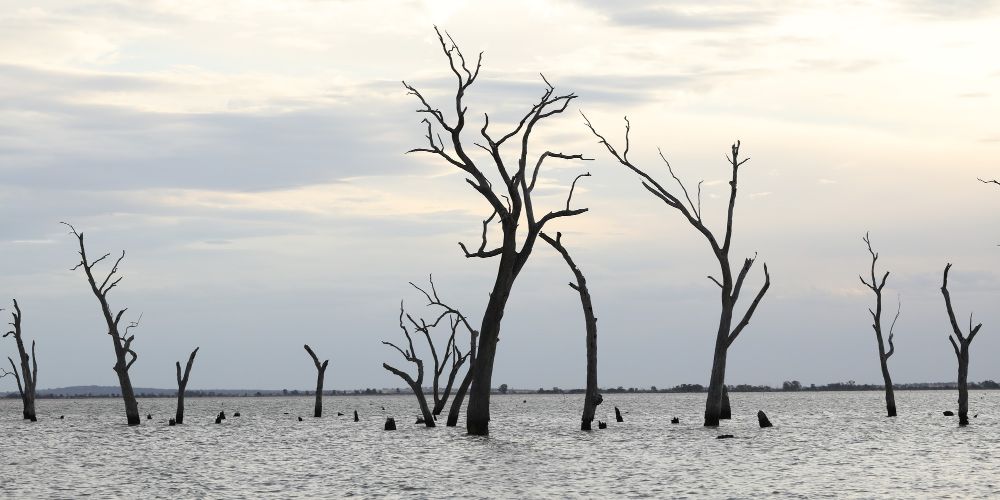The melting of ice caps is a primary concern for scientists and environmentalists around the world. The Global Climate patterns are changing as the ice caps melt, and the consequences are dire. In this blog post, we will discuss the implications of melting ice caps on global climate patterns and why we must take action to address this issue.
Melting ice caps are caused by rising temperatures due to global warming. The Arctic and Antarctic regions are particularly vulnerable to melting ice caps. As the ice caps melt, the sea levels rise, leading to flooding of coastal regions. This can cause damage to homes, infrastructure, and farmland. In addition, melting the ice caps also leads to changes in ocean currents, which can significantly impact global climate patterns.
One of the most significant consequences of melting ice caps is the disruption of ocean currents. The ocean currents play a vital role in regulating global climate patterns. They help distribute heat worldwide, which is essential for maintaining a stable climate. However, as the ice caps melt, the freshwater from the melting ice enters the ocean, disrupting the balance of saltwater and freshwater. This, in turn, can slow down or even stop ocean currents, leading to significant changes in climate patterns.
The disruption of ocean currents can lead to changes in weather patterns, such as droughts, floods, and extreme weather events. For example, if the Gulf Stream, which brings warm water from the tropics to the North Atlantic, slows down or stops, it can cause a cooling of the North Atlantic region. This can lead to a colder climate in Europe and the eastern coast of the United States, which can significantly impact agriculture, tourism, and other industries.
In addition, melting ice caps release greenhouse gases, such as methane and carbon dioxide, into the atmosphere. This is because ice melting exposes previously frozen organic matter, which then decomposes and releases these gases. The release of these greenhouse gases contributes to further warming of the planet, exacerbating the melting ice caps and leading to a vicious cycle of climate change.
The melting of ice caps also has a significant impact on wildlife. Many animals, such as polar bears, penguins, and Arctic foxes, depend on the ice caps for survival. As the ice caps melt, their habitats are destroyed, and their populations decline. This can lead to a ripple effect on the entire ecosystem, as these animals are an integral part of the food chain.
In conclusion, the consequences of melting ice caps on global climate patterns are dire. The disruption of ocean currents, changes in weather patterns, the release of greenhouse gases, and the impact on wildlife are just some of the many implications of melting ice caps. We must take action now to address this issue by reducing our greenhouse gas emissions, investing in renewable energy, and protecting vulnerable ecosystems. The future of our planet depends on it.







